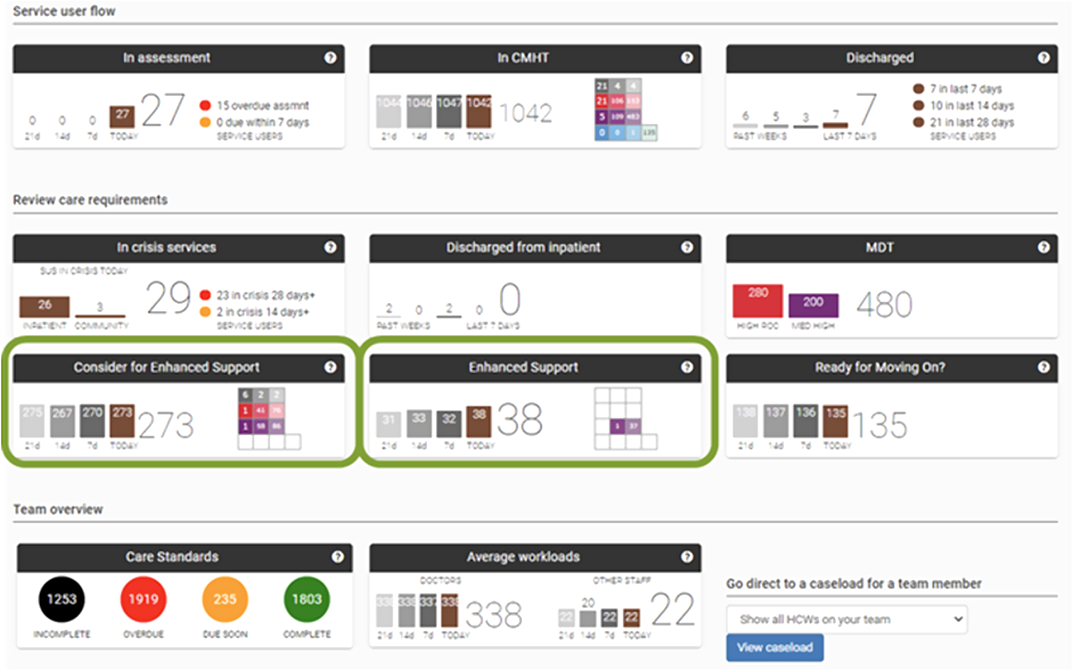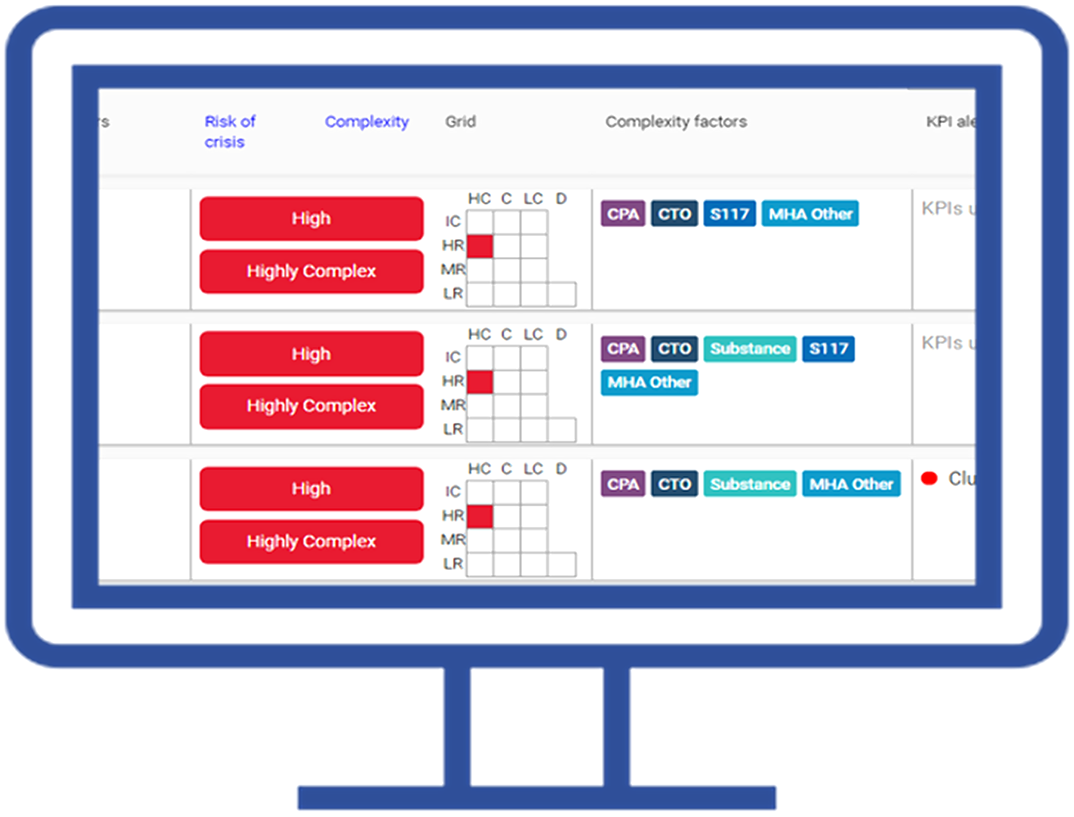241 results
A global ecological signal of extinction risk in marine ray-finned fishes (class Actinopterygii)
-
- Journal:
- Cambridge Prisms: Extinction / Volume 1 / 2023
- Published online by Cambridge University Press:
- 14 November 2023, e25
-
- Article
-
- You have access
- Open access
- HTML
- Export citation
Healthy Aging: Insights for Research and Policy
-
- Journal:
- Canadian Journal on Aging / La Revue canadienne du vieillissement / Volume 16 / Issue S1 / Spring Printemps 1997
- Published online by Cambridge University Press:
- 08 November 2023, pp. 42-52
-
- Article
- Export citation
A 7-year analysis of attributable costs of healthcare-associated infections in a network of community hospitals in the southeastern United States
-
- Journal:
- Infection Control & Hospital Epidemiology / Volume 45 / Issue 1 / January 2024
- Published online by Cambridge University Press:
- 17 August 2023, pp. 103-105
- Print publication:
- January 2024
-
- Article
- Export citation
Restoring the orangutan in a Whole- or Half-Earth context
-
- Article
-
- You have access
- Open access
- HTML
- Export citation
Antidepressant use and risk of adverse outcomes: population-based cohort study
-
- Journal:
- BJPsych Open / Volume 8 / Issue 5 / September 2022
- Published online by Cambridge University Press:
- 13 September 2022, e164
-
- Article
-
- You have access
- Open access
- HTML
- Export citation
The Management and Supervision Tool (MaST): an electronic crisis risk prediction tool to support safe and effective mental healthcare
-
- Journal:
- European Psychiatry / Volume 65 / Issue S1 / June 2022
- Published online by Cambridge University Press:
- 01 September 2022, pp. S166-S167
-
- Article
-
- You have access
- Open access
- Export citation
302 Abaloparatide as a novel therapy for posttraumatic osteoarthritis
-
- Journal:
- Journal of Clinical and Translational Science / Volume 6 / Issue s1 / April 2022
- Published online by Cambridge University Press:
- 19 April 2022, p. 53
-
- Article
-
- You have access
- Open access
- Export citation
The effect of rapidly discharging psychiatric inpatients from Mental Health Act section during COVID-19: a cohort study
-
- Journal:
- Epidemiology and Psychiatric Sciences / Volume 30 / 2021
- Published online by Cambridge University Press:
- 25 June 2021, e54
-
- Article
-
- You have access
- Open access
- HTML
- Export citation
Triassic Foraminifera from the Great Bank of Guizhou, Nanpanjiang Basin, south China: taxonomic account, biostratigraphy, and implications for recovery from end-Permian mass extinction
-
- Journal:
- Journal of Paleontology / Volume 95 / Issue S84 / December 2021
- Published online by Cambridge University Press:
- 28 May 2021, pp. 1-53
-
- Article
- Export citation
A call for I-O psychologists to contribute to business continuity planning and assessment
-
- Journal:
- Industrial and Organizational Psychology / Volume 14 / Issue 1-2 / June 2021
- Published online by Cambridge University Press:
- 24 May 2021, pp. 229-234
-
- Article
- Export citation
Tectonic controls on sedimentary provenance and basin geography of the Mesoproterozoic Wilton package, McArthur Basin, northern Australia
-
- Journal:
- Geological Magazine / Volume 159 / Issue 2 / February 2022
- Published online by Cambridge University Press:
- 23 December 2020, pp. 179-198
-
- Article
- Export citation
Neutron Star Extreme Matter Observatory: A kilohertz-band gravitational-wave detector in the global network
- Part of
-
- Journal:
- Publications of the Astronomical Society of Australia / Volume 37 / 2020
- Published online by Cambridge University Press:
- 05 November 2020, e047
-
- Article
-
- You have access
- HTML
- Export citation
Social Jetlag is Independently Associated with Chronotype and Poor Memory for Extinguished Fear
-
- Journal:
- Experimental Results / Volume 1 / 2020
- Published online by Cambridge University Press:
- 20 July 2020, e22
-
- Article
-
- You have access
- Open access
- HTML
- Export citation
Determination of shared genetic etiology and possible causal relations between tobacco smoking and depression
-
- Journal:
- Psychological Medicine / Volume 51 / Issue 11 / August 2021
- Published online by Cambridge University Press:
- 06 April 2020, pp. 1870-1879
-
- Article
- Export citation
Allocating effort and anticipating pleasure in schizophrenia: Relationship with real world functioning
-
- Journal:
- European Psychiatry / Volume 46 / October 2017
- Published online by Cambridge University Press:
- 23 March 2020, pp. 57-64
-
- Article
- Export citation
Atom Probe Tomography Productivity Enhancements
-
- Journal:
- Microscopy and Microanalysis / Volume 25 / Issue S2 / August 2019
- Published online by Cambridge University Press:
- 05 August 2019, pp. 522-523
- Print publication:
- August 2019
-
- Article
-
- You have access
- Export citation
Improved Data Analysis with IVAS 4 and AP Suite
-
- Journal:
- Microscopy and Microanalysis / Volume 25 / Issue S2 / August 2019
- Published online by Cambridge University Press:
- 05 August 2019, pp. 302-303
- Print publication:
- August 2019
-
- Article
-
- You have access
- Export citation
Grocery store interventions to change food purchasing behaviours: a systematic review of randomised controlled trials
-
- Journal:
- Proceedings of the Nutrition Society / Volume 77 / Issue OCE4 / 2018
- Published online by Cambridge University Press:
- 05 October 2018, E215
-
- Article
-
- You have access
- HTML
- Export citation
Large outbreak of multiple gastrointestinal pathogens associated with fresh curry leaves in North East England, 2013
-
- Journal:
- Epidemiology & Infection / Volume 146 / Issue 15 / November 2018
- Published online by Cambridge University Press:
- 15 August 2018, pp. 1940-1947
-
- Article
-
- You have access
- HTML
- Export citation
Capsular type K54, clonal group 29 and virulence plasmids: an analysis of K54 and non-K54 closely related isolates of Klebsiella pneumoniae
-
- Journal:
- Epidemiology & Infection / Volume 146 / Issue 14 / October 2018
- Published online by Cambridge University Press:
- 26 July 2018, pp. 1813-1823
-
- Article
-
- You have access
- HTML
- Export citation






